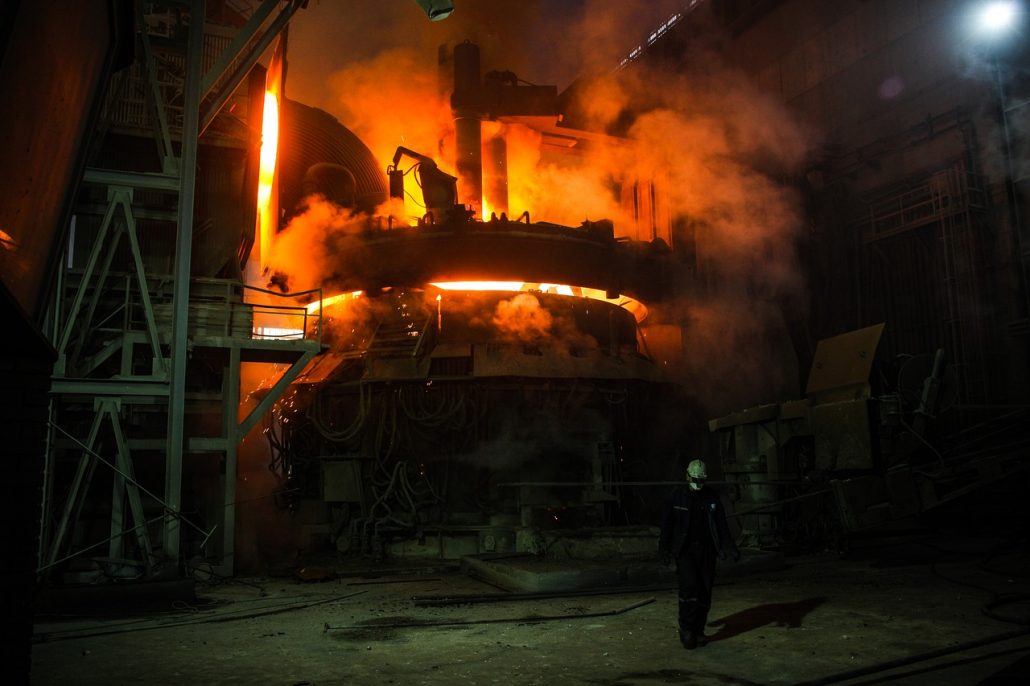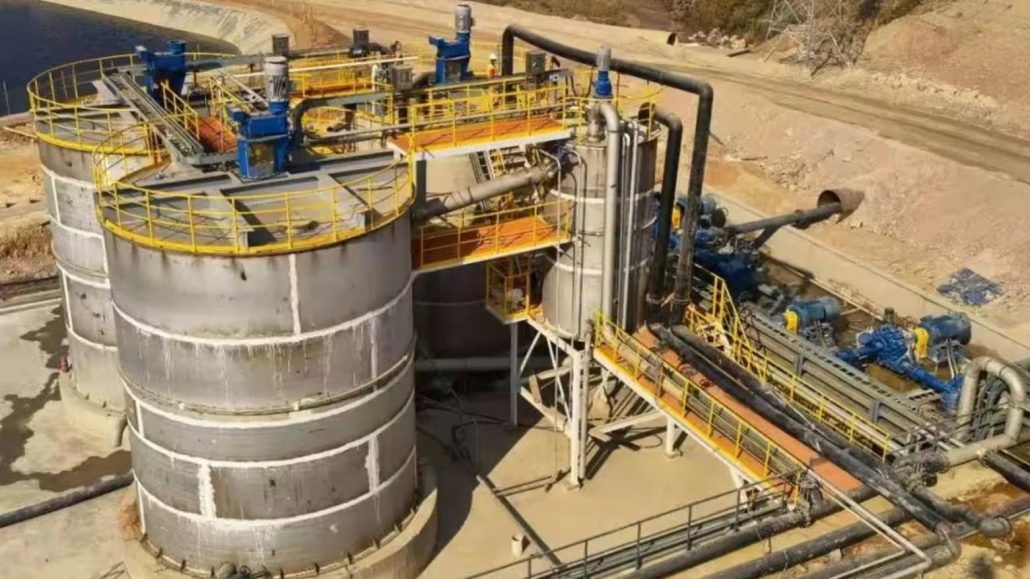
ASEAN Steel Production Capacity Growth
Steel production capacity in the ASEAN region is projected to reach 184.5 million tons by 2029-2030, exposing vulnerabilities to carbon regulations such as CBAM.
After China, the six major ASEAN countries, along with India and the Middle East, are leading the expansion of steel production capacity, with a significant increase expected by 2030, which will also lead to a significant increase in carbon emissions.
On May 27 (local time), the South East Asia Iron and Steel Institute (SEAISI) released a report on the steel demand outlook and capacity expansion of the six major ASEAN countries: Vietnam, Indonesia, Malaysia, Thailand, Singapore and the Philippines.
Steel Demand and Regional Expansion
According to the report, SEAISI expects steel demand in the six major ASEAN countries to reach about 78 million tons in 2024 and about 80 million tons in 2025. In addition, with large-scale steel projects under construction by both regional and foreign companies, including China, the steel production capacity of these six major ASEAN countries is expected to reach 184.5 million tons by 2029-2030.
Carbon Concerns from Traditional Production Methods
Despite this rapid capacity expansion, SEAISI expressed concern that the regional steel industry may diverge from the global trend towards carbon neutrality.
Currently, most new steel production lines in ASEAN are coal-based blast furnaces/oxygen furnaces. This indicates that if ASEAN countries continue to promote such investments without implementing carbon capture, utilization and storage (CCUS) systems, carbon emissions from the region’s steel industry will inevitably skyrocket.
In fact, according to data released by SEAISI last year, 76.9 million tons of new crude steel production capacity will come online by 2026 as a result of ongoing “blast furnace projects” in the region, while new electric arc furnace production capacity will amount to only 2.2 million tons per year over the same period.
Impact of Blast Furnace Technology on Emissions
By 2028, coal-based blast furnace/oxygen furnace production lines are expected to account for 59% of the regional steel production capacity and 84% of the total carbon emissions of the steel industry. Mr. Yeoh Wee-jin, Secretary General of SEAISI, expressed his concern: “The carbon intensity of the steel industry will explode as most of the new crude steel production capacity is blast furnace”.
Balancing Green Transition and Economic Viability
While the green transition is important for the development of the ASEAN steel industry, there are counter-arguments that ensuring economic viability is even more important, and there are concerns about overproduction. OECD researcher Stephan Raes pointed out, “Anti-dumping investigations surged due to China’s overinvestment, peaking in 2015-2016. Overinvestment in steel capacity in the ASEAN region will have the same effect as China’s overinvestment, risking a reduction in the economic efficiency of the regional steel industry.”
Meanwhile, there are concerns within the local steel industry that the expansion of coal-based blast furnace/OB furnace production capacity will make it difficult to cope with carbon border taxes from major export markets such as the EU and the US.
A representative of a regional steel company warned, “The current expansion of blast furnace facilities in the ASEAN region is based on low production costs. Regional steel companies are assuming that they can maintain export competitiveness at the lowest cost and bear the rising cost of carbon, but this is naive. The cost structure will change fundamentally depending on the climate change policies of major export markets.
Another local steel company representative emphasized, “With the full implementation of the EU CBAM and the inevitability of future carbon regulations, ASEAN steel companies must actively seek ways to produce green steel. The most practical way to achieve decarbonization of the regional steel industry is to significantly increase investment in green technology. Ultimately, securing green production technology through large-scale government funding and securing markets for the green steel produced by this technology is the surest way forward.








Leave a Reply
You must be logged in to post a comment.